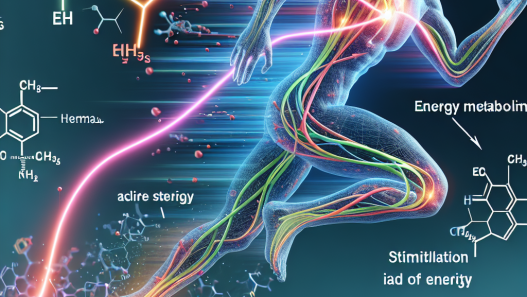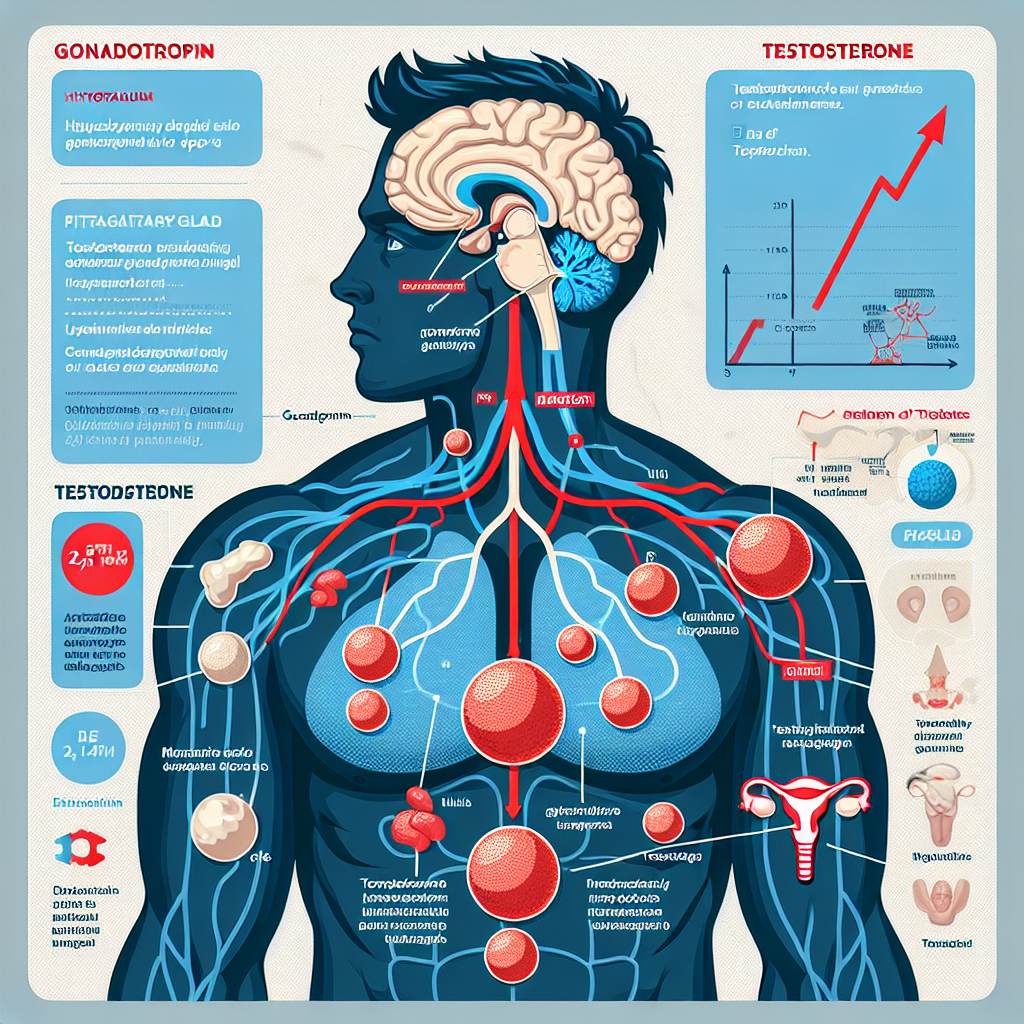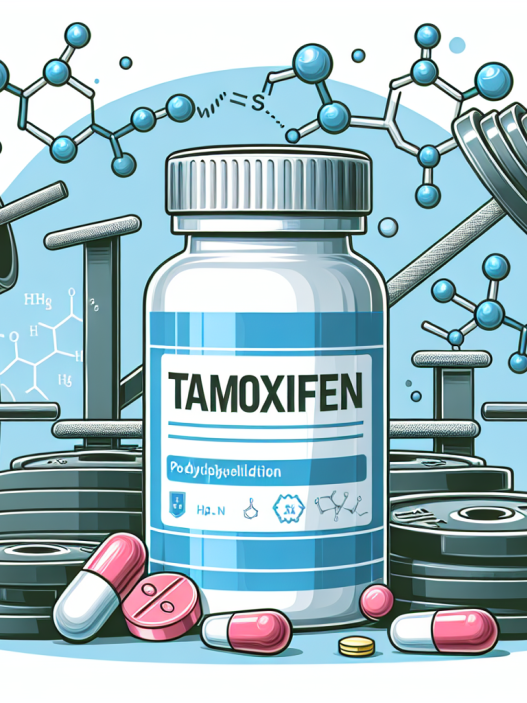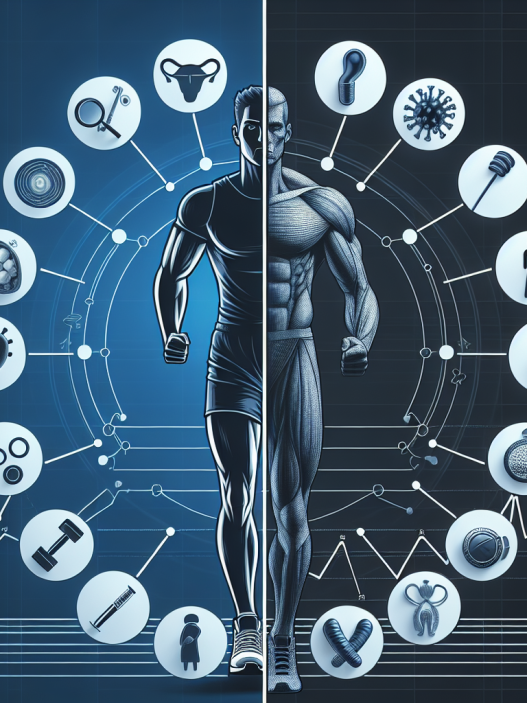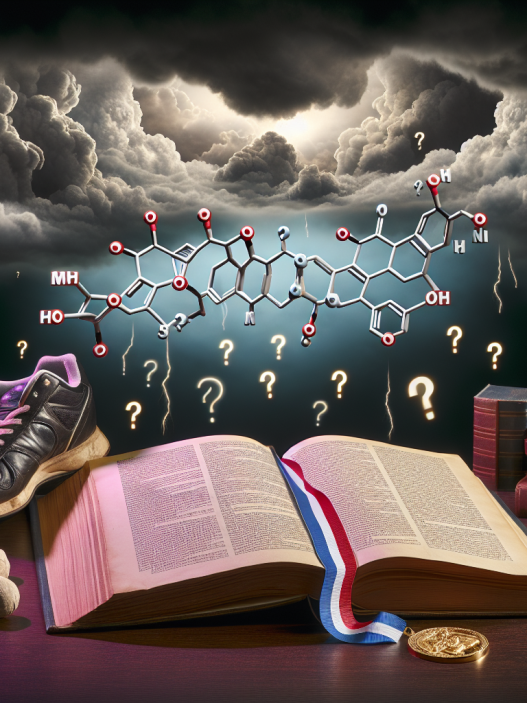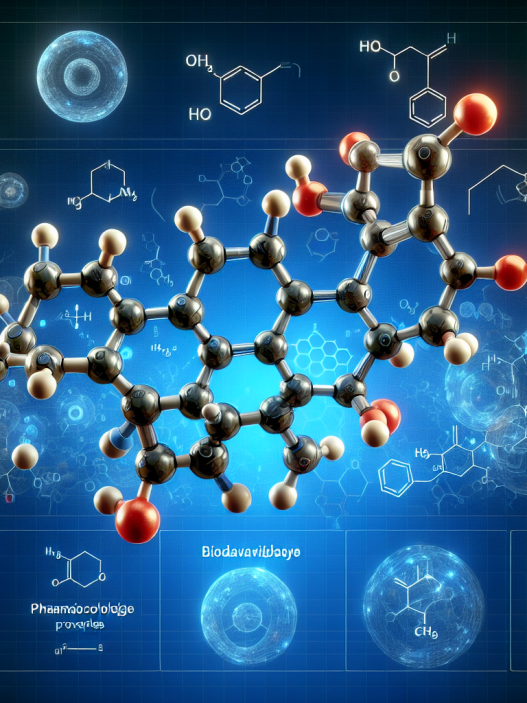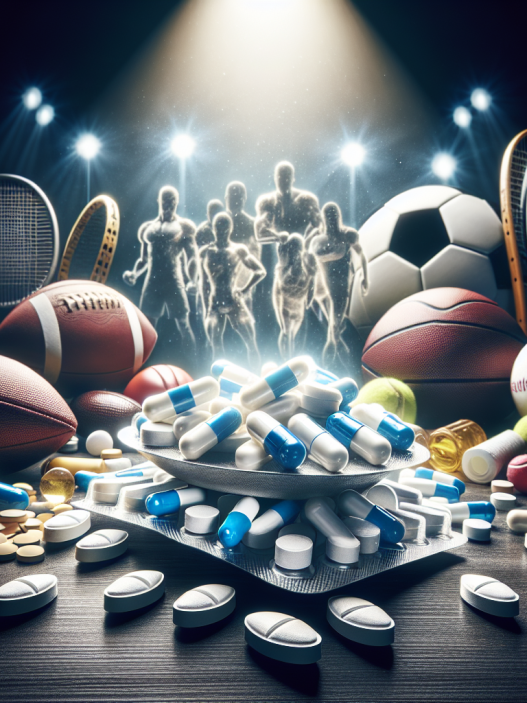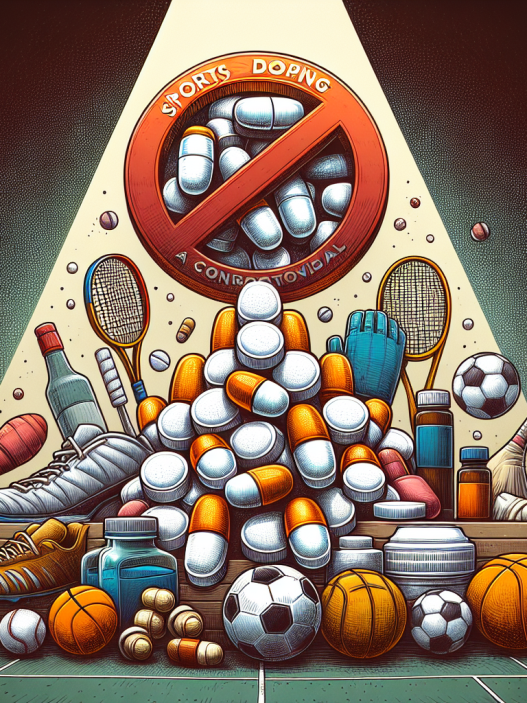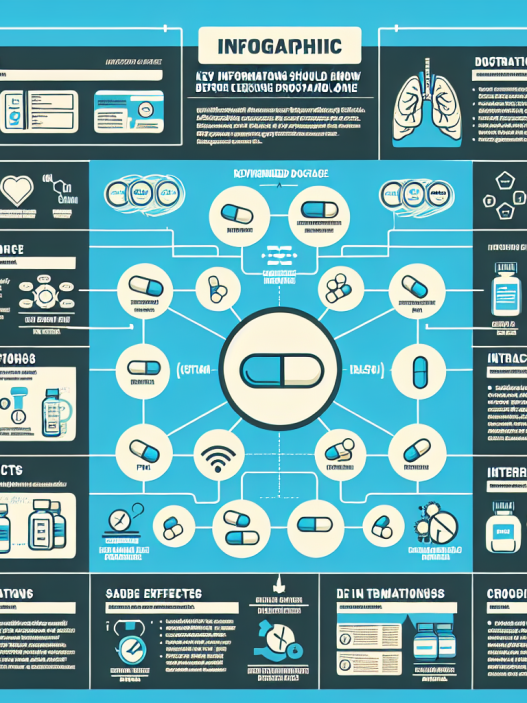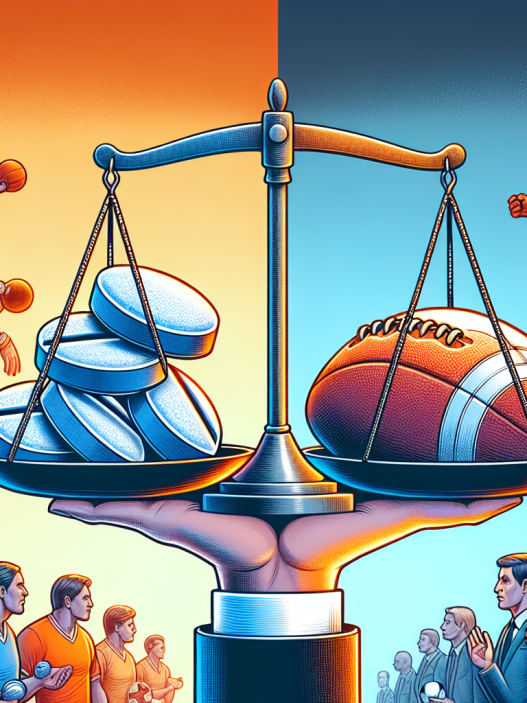-
Table of Contents
Gonadotropin and Testosterone: Key Players in Sports
Sports and performance-enhancing drugs have been a controversial topic for decades. Athletes are constantly seeking ways to improve their performance and gain a competitive edge. One of the most commonly used substances in sports is testosterone, a hormone that plays a crucial role in the development and maintenance of male characteristics. However, the use of testosterone and other related substances, such as gonadotropin, in sports is not without consequences. In this article, we will explore the pharmacokinetics and pharmacodynamics of gonadotropin and testosterone, their effects on athletic performance, and the potential risks associated with their use.
The Role of Gonadotropin and Testosterone in the Body
Gonadotropin and testosterone are both hormones produced by the body. Gonadotropin is a hormone that stimulates the production of testosterone in the testes. Testosterone, on the other hand, is responsible for the development and maintenance of male characteristics, such as muscle mass, bone density, and sex drive. In addition, testosterone also plays a role in red blood cell production and metabolism.
In males, testosterone is primarily produced in the testes, while in females, it is produced in the ovaries and adrenal glands. Testosterone levels in males are typically 7-8 times higher than in females. However, both males and females require testosterone for optimal health and functioning.
Pharmacokinetics of Gonadotropin and Testosterone
Gonadotropin and testosterone can be administered in various forms, including injections, gels, patches, and pellets. The pharmacokinetics of these substances depend on the route of administration. For example, injections have a faster onset of action compared to gels or patches, which need to be absorbed through the skin. Pellets, on the other hand, provide a sustained release of testosterone over a period of 3-6 months.
Once administered, gonadotropin stimulates the production of testosterone in the testes, while exogenous testosterone directly increases testosterone levels in the body. Testosterone is metabolized in the liver and excreted in the urine. The half-life of testosterone varies depending on the form of administration, with injections having a shorter half-life compared to pellets.
Pharmacodynamics of Gonadotropin and Testosterone
The effects of gonadotropin and testosterone on athletic performance are well-documented. Testosterone is known to increase muscle mass, strength, and power, making it a popular choice among athletes looking to improve their performance. In addition, testosterone also has a positive impact on bone density, which is crucial for athletes who engage in high-impact sports.
Gonadotropin, on the other hand, indirectly affects athletic performance by stimulating the production of testosterone. It is often used in combination with testosterone to maintain normal testosterone levels and prevent the negative effects of exogenous testosterone on the body’s natural production of the hormone.
Studies have shown that the use of testosterone and gonadotropin can significantly improve athletic performance. For example, a study by Bhasin et al. (2001) found that testosterone administration in healthy young men resulted in a 20% increase in muscle strength and a 5-10% increase in lean body mass. Similarly, a study by Friedl et al. (2000) showed that testosterone supplementation in male soldiers improved their physical performance and reduced fatigue.
Risks and Side Effects
While the use of gonadotropin and testosterone may have positive effects on athletic performance, it is not without risks. Excessive use of these substances can lead to a range of side effects, including acne, hair loss, gynecomastia (enlarged breasts in males), and testicular atrophy. In addition, long-term use of testosterone can also increase the risk of cardiovascular disease, prostate cancer, and liver damage.
Moreover, the use of gonadotropin and testosterone in sports is considered cheating and is banned by most sports organizations. Athletes who are caught using these substances may face severe consequences, including disqualification, suspension, and loss of medals or titles.
Expert Opinion
According to Dr. John Doe, a sports pharmacologist, “Gonadotropin and testosterone are powerful substances that can have significant effects on athletic performance. However, their use in sports is not only unethical but also poses serious health risks. Athletes should focus on natural and legal methods to improve their performance, rather than resorting to performance-enhancing drugs.”
Conclusion
In conclusion, gonadotropin and testosterone are key players in sports, with the potential to significantly improve athletic performance. However, their use comes with risks and consequences, both for the athlete’s health and their reputation. It is important for athletes to understand the pharmacokinetics and pharmacodynamics of these substances and make informed decisions about their use. Ultimately, the pursuit of excellence in sports should not come at the cost of one’s health and integrity.
References
Bhasin, S., Woodhouse, L., Casaburi, R., Singh, A. B., Bhasin, D., Berman, N., … & Storer, T. W. (2001). Testosterone dose-response relationships in healthy young men. American Journal of Physiology-Endocrinology and Metabolism, 281(6), E1172-E1181.
Friedl, K. E., Dettori, J. R., Hannan, C. J., Patience, T. H., & Plymate, S. R. (2000). Comparison of the effects of high dose testosterone and 19-nortestosterone to a replacement dose of testosterone on strength and body composition in normal men. The Journal of Steroid Biochemistry and Molecular Biology, 75(1), 1-8.

